- Payless ShoeSource is closing all of its US stores this year after years of competition with Amazon, Target, and Wal Mart.
- But the shoe retailer was once an extremely profitable company, opening stores in all 50 states and in Central America.
- In the 1970s, Payless earned $75 million in sales annually.
- But in 2017 and 2019, the company filed for bankruptcy.
- Visit Business Insider’s homepage for more stories.
Payless ShoeSource – which was once the largest and most successful family-owned business in the country – is shutting its doors.
After years of struggling and competing against online retailers and big box stores, Payless filed for bankruptcy in February and said it plans to close all 2,500 of its retail stores in what could be the largest retail liquidation in history, reports Business Insider’s Hayley Peterson.
From its rise in the 1960s to its recent downfall, this is the history of the Payless retail store.
The first Payless store opened in 1956 as Pay-Less National in Topeka, Kansas.
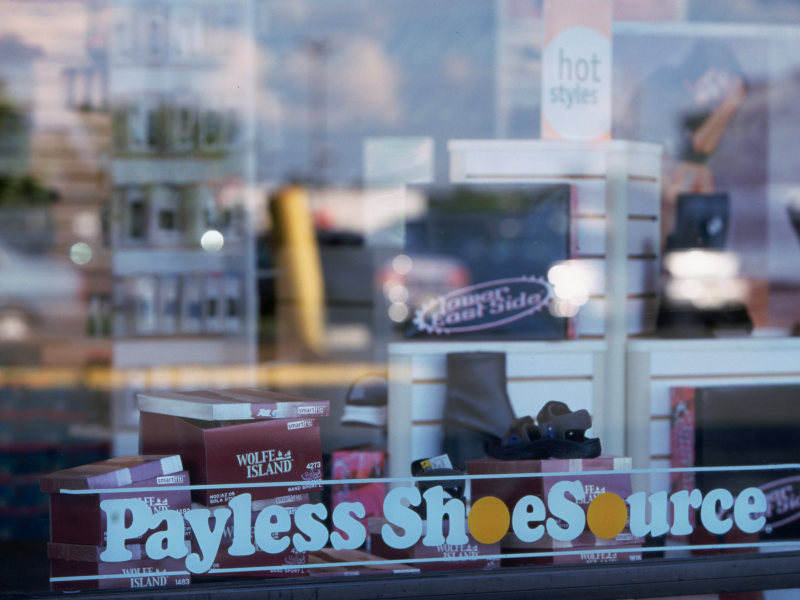
Cousins Louis and Shaol Pozez started Payless as a small chain of shoe stores in the Midwest that focused on self-service shoe retail.
The cousins let customers shop for shoes themselves, allowing the company to employ fewer people.
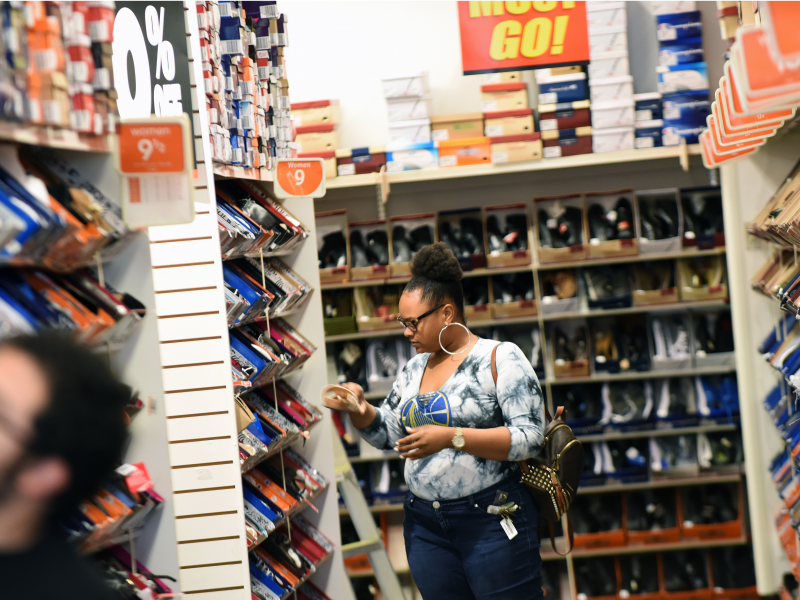
The self-service strategy allowed each store to only operate with a manager and a couple of cashiers.
The retail stores quickly became popular, allowing the cousins to purchase the Hill Brothers Shoe Company in Missouri.
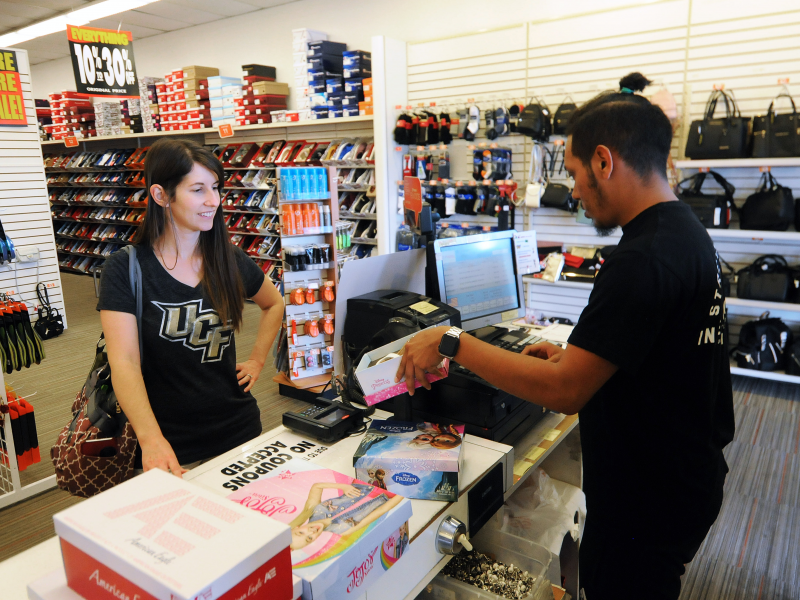
The company opened locations in Oklahoma, Texas, and Nebraska.
Eventually, the shoe stores operated under a new company name: Volume Distributors.
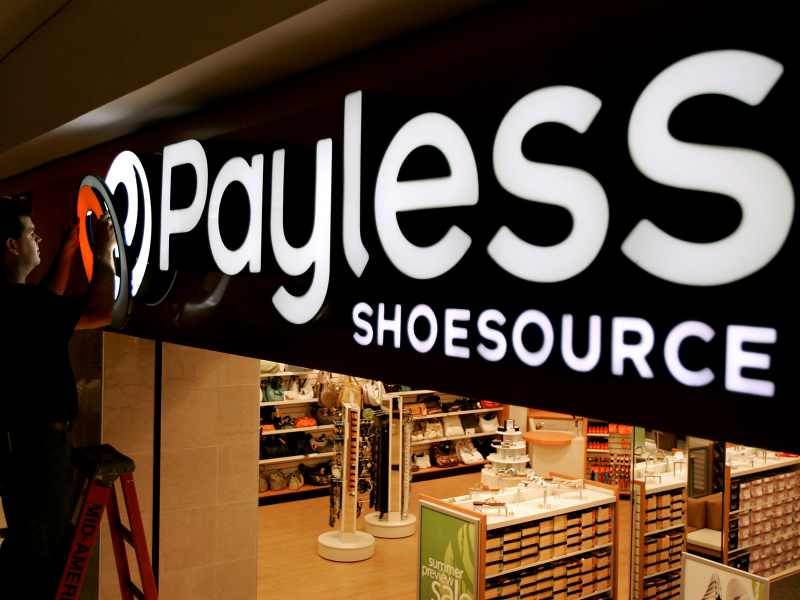
Volume Distributors went public in 1962, as the company owned 50 retail stores.
Shoes at Pay-Less cost about $3.00, significantly cheaper than other shoe retailers.
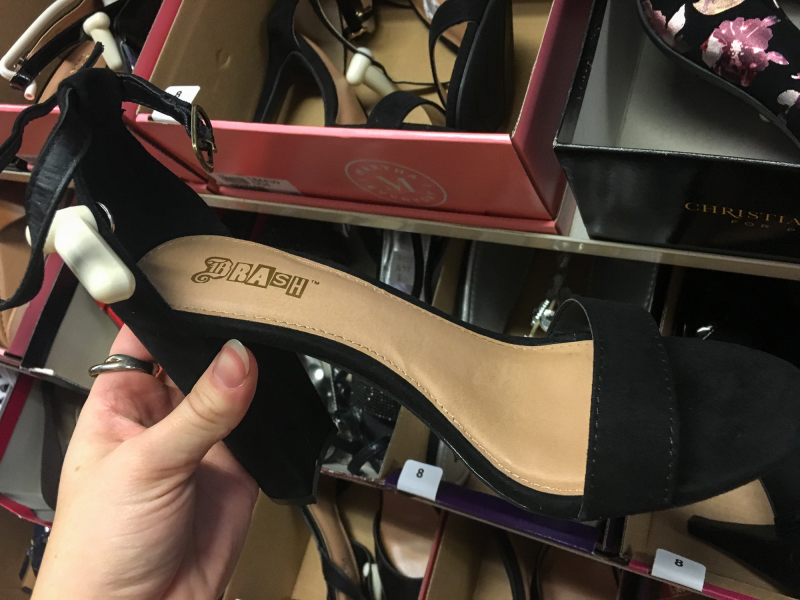
As middle-class Americans turned to cheaper retail stores during the baby boom, Pay-Less benefited.
At the end of the '60s, the company reported $6 million in sales.
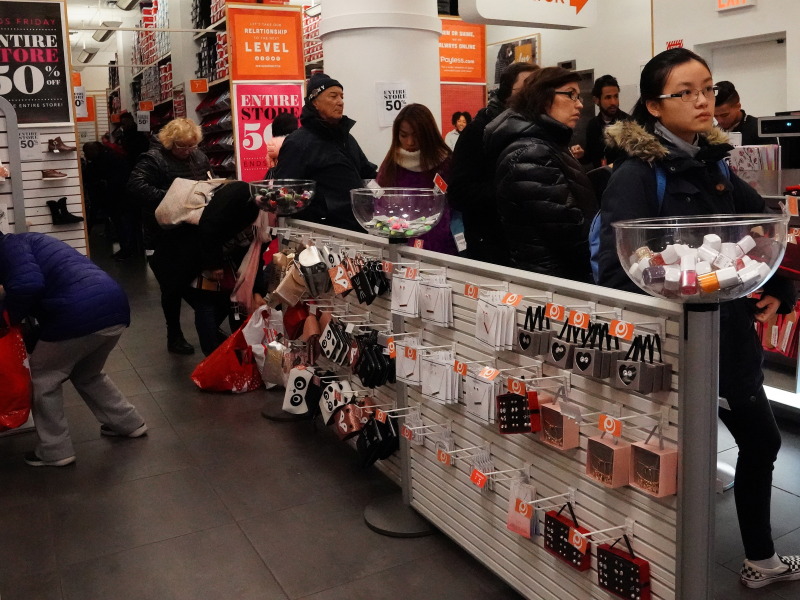
Most of the sales, however, were only in women's and children's shoes.
By the mid-'70s, Volume Distributors had 486 retail stores across the US.
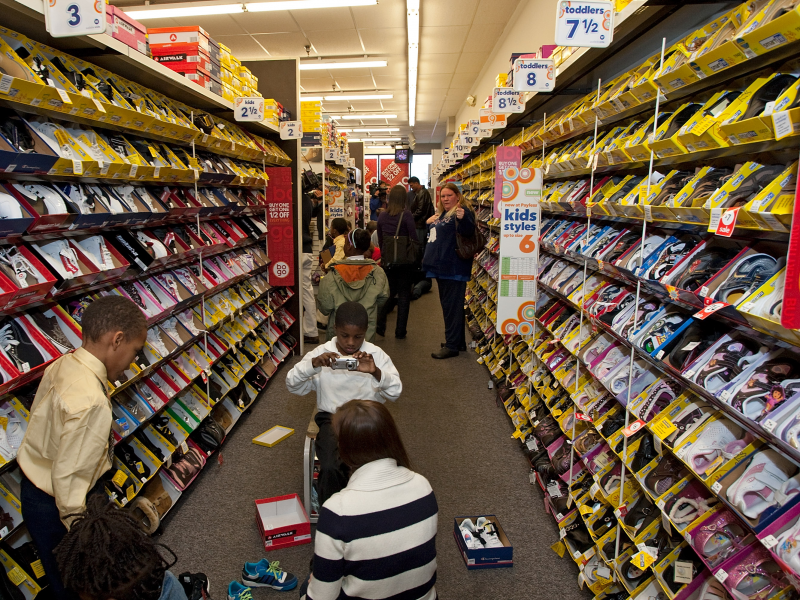
At the time, it was the biggest family retail chain in the country, earning $75 million in sales yearly.
Many attribute the company's early success to its location choices, which were primarily inside shopping malls.
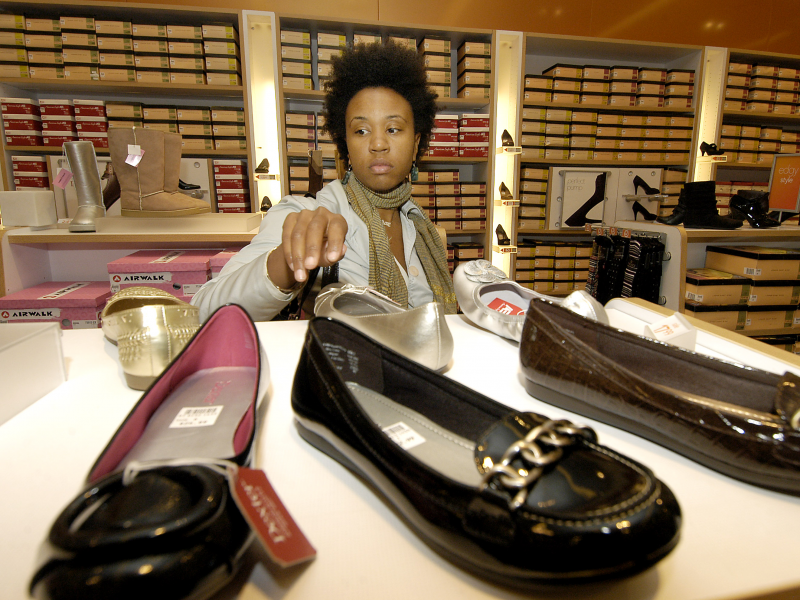
Since most of the Pay-Less stores were in shopping malls, the company's brand recognition skyrocketed and so did its sales.
In 1979, a major company change occurred: May Department Stores acquired Volume Distributors and Payless.
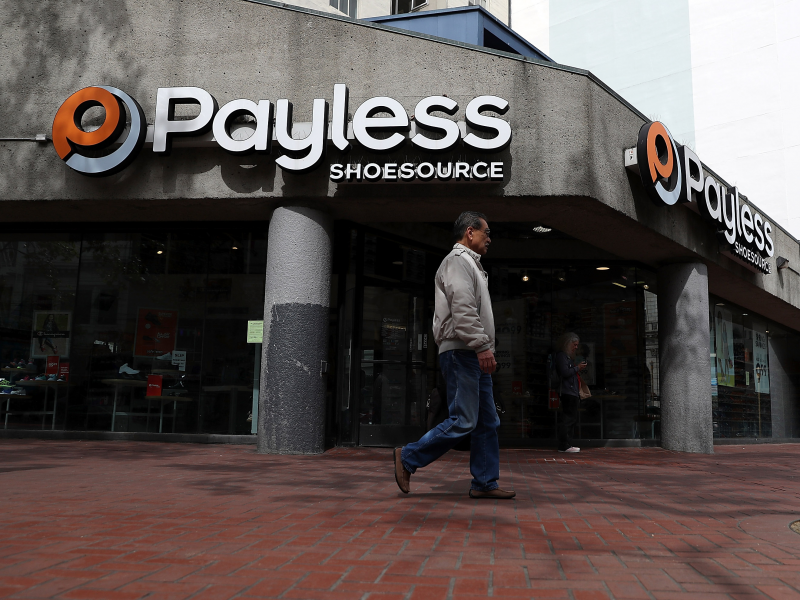
At the time, there were 739 Payless stores, raking in $191 million in sales yearly.
The company continued to grow throughout the 1980s. Most notably, Volume Shoe opened a disturbing center in Tokepa, Kansas.
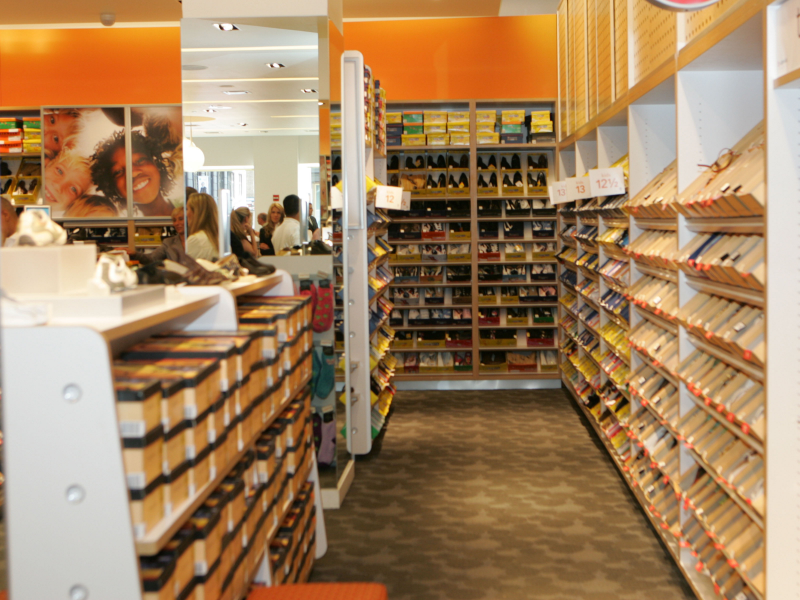
The distribution center was 300,000 square feet became the company's headquarters.
In 1991, Payless ShoeSource Inc. was officially founded.
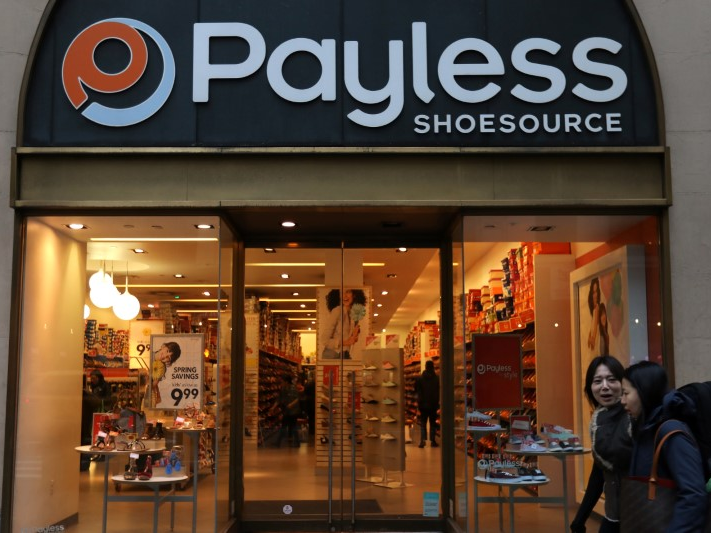
At this point, the company had 3,295 stores.
Payless ShoeSource then became an independent publicly traded company in 1996.
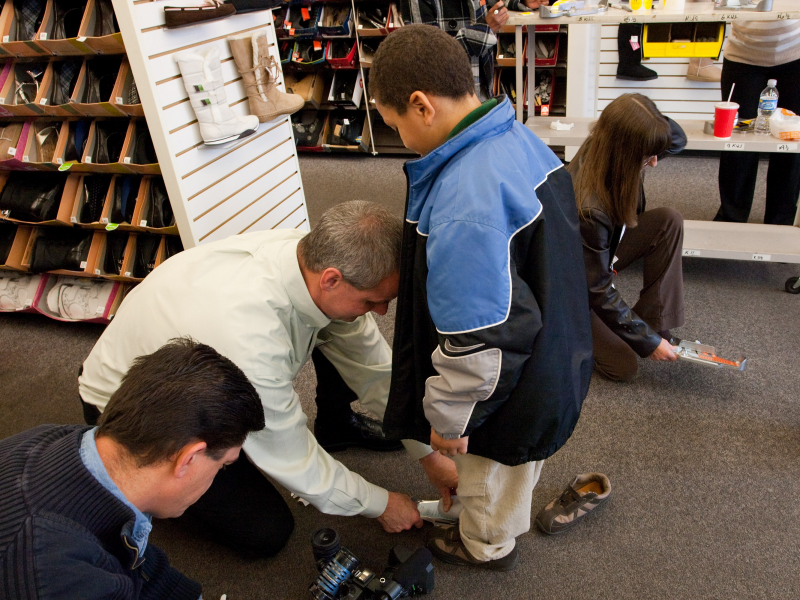
At this point, 4,270 stores were in operation in all 50 states.
Although the company grew rapidly, Payless ShoeSource entered hard times at the turn of the century.
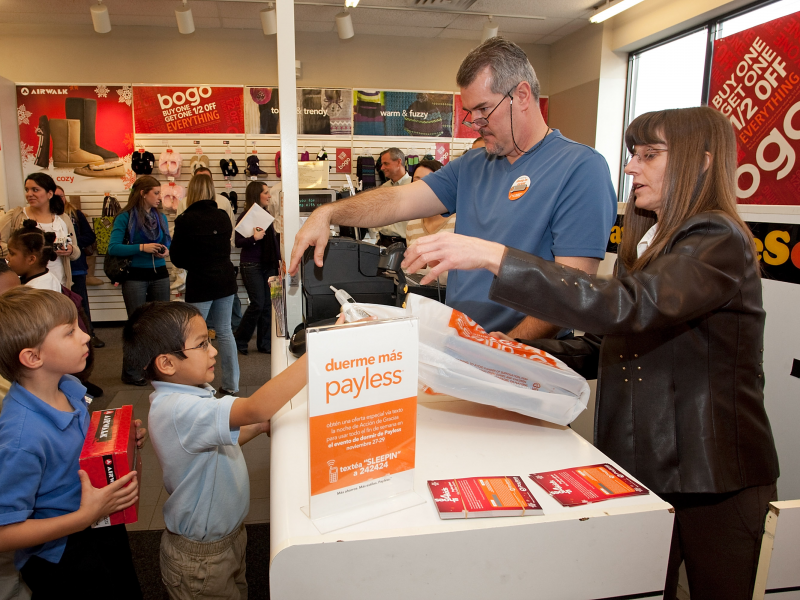
Discount stores like Target and Wal Mart started to become popular and became unforeseen competition for the Payless brand. Kohl's and Foot Locker were also a problem for the shoe company.
Still, the company expanded into Central America, taking Payless global.
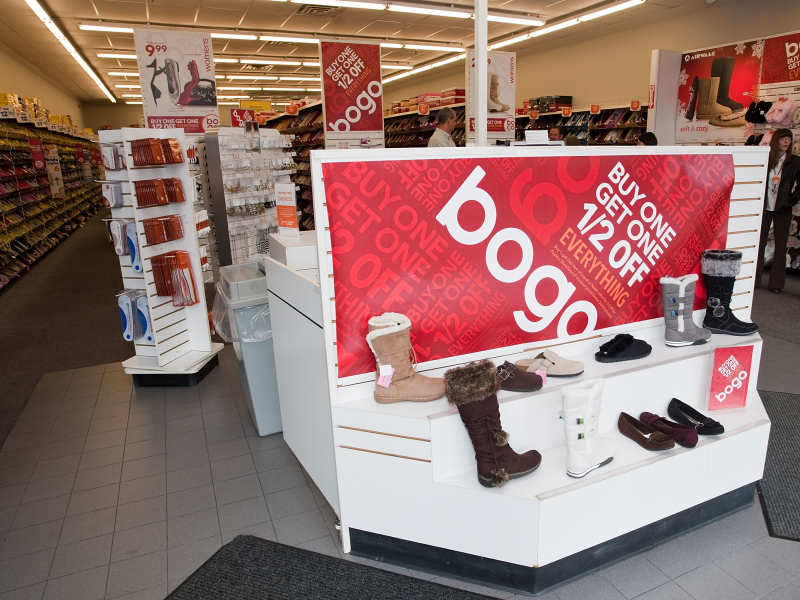
In 2000, Payless had stores in Costa Rica, Nicaragua, and Panama.
In 2006, the company had another big change, introducing a new logo that many associate with the brand today.
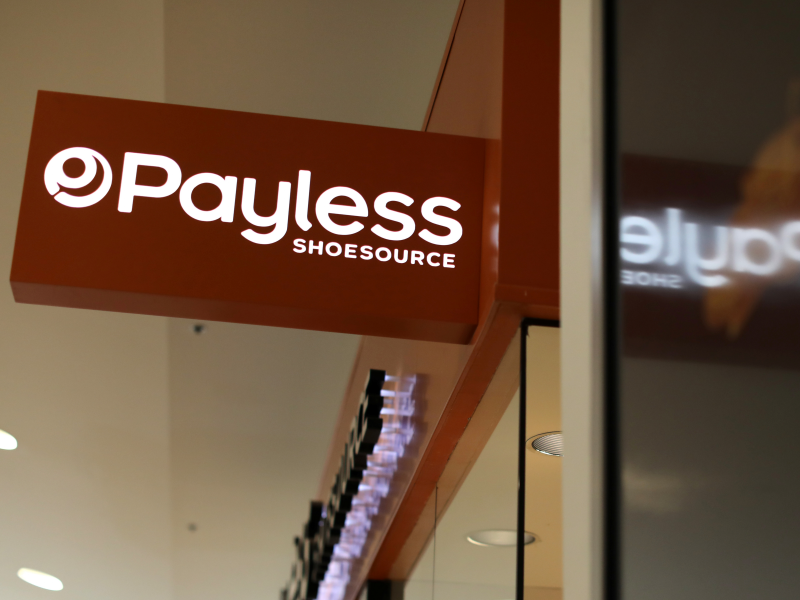
At the time, CEO Matt Rubel said, "This new logo is designed to amplify the new Payless brand position - to inspire fun fashion possibilities for the family,"
In 2004, Payless ShoeSource announced it would close down 230 stores.
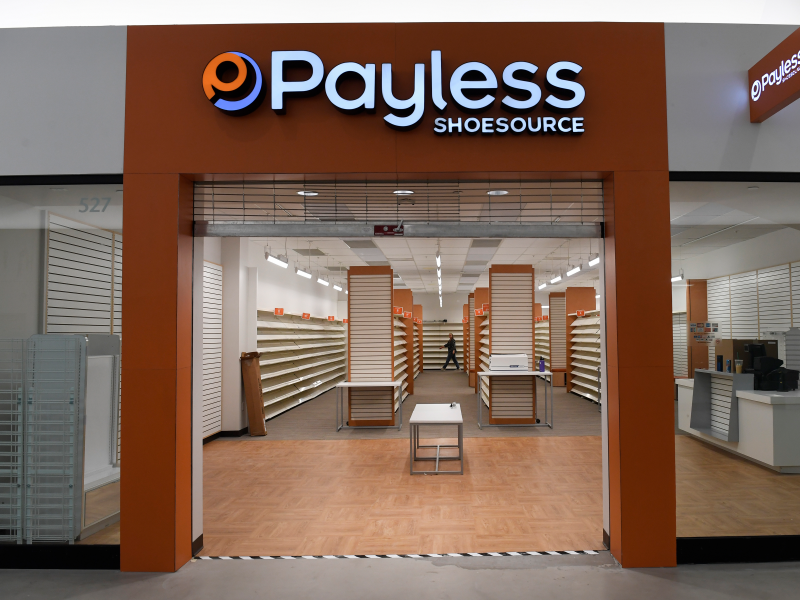
The company also planned to leave Peru and Chile. At the end of the year, the number of Payless retail stores dropped to 4,700, down from 5,100.
For the next few years, Payless struggled against fierce online competition and the decline of the shopping mall.
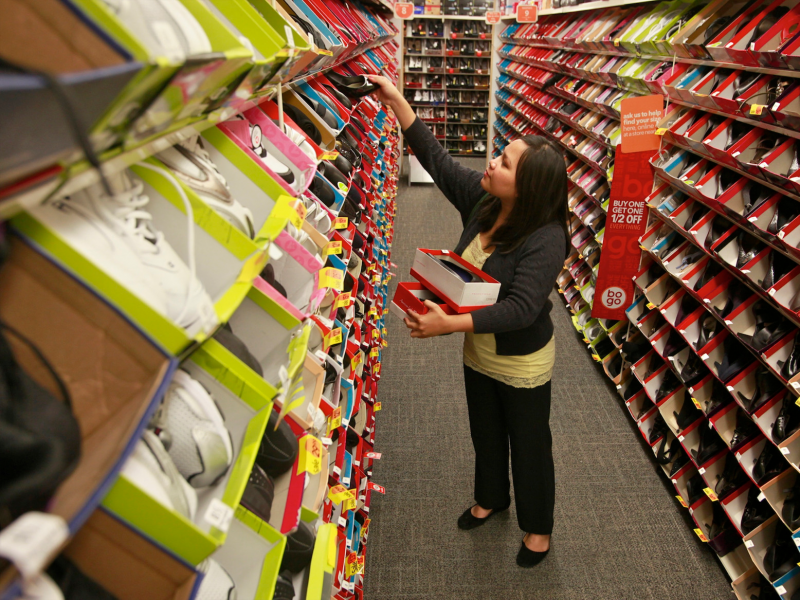
Online retailers like Zappos, which is owned by Amazon, brought Payless sales down. Stores like Target and Wal Mart were still a problem for the company. Additionally, shopping malls are closing across the US because of a "retail apocalypse," dramatically harming the Payless company.
In 2017, Payless ShoeSource announced that it was filing for bankruptcy.
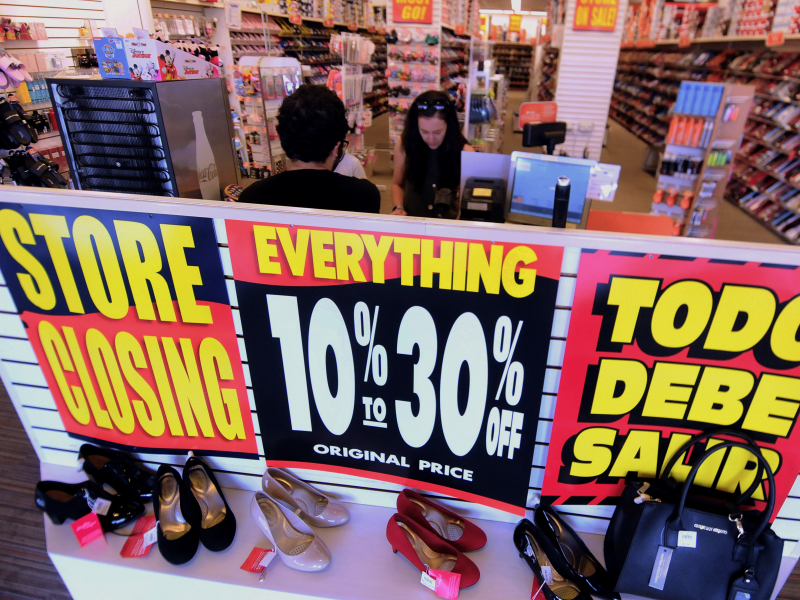
Additionally, the company closed 673 stores.
In 2019, the discount show retailer filed for bankruptcy again, and announced its plan to close all US stores.
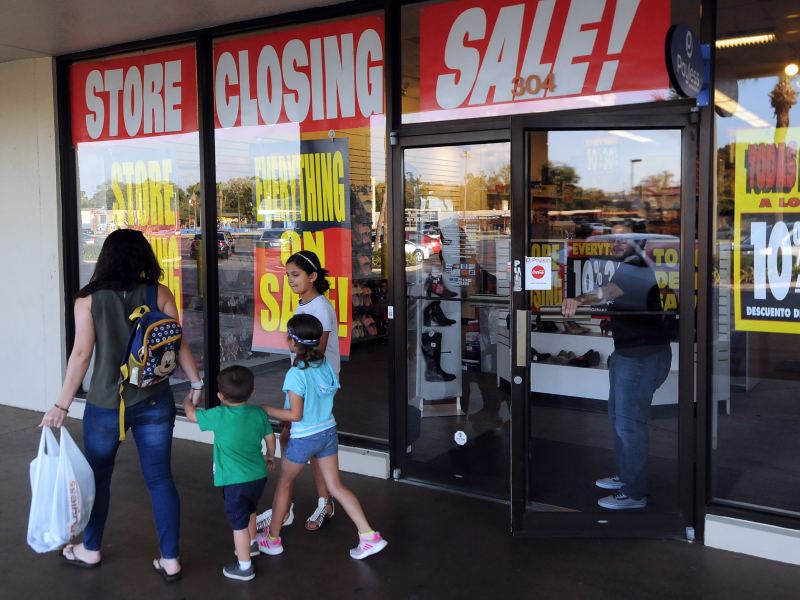
Payless is closing over 2,000 locations across the US, including Puerto Rico. There are still 1,400 franchised and licensed Payless stores around the world that have not been affected.
- Read more:
- More than 7,000 stores are closing in 2019 as the retail apocalypse drags on - here's the full list
- 10 photos that show the glory days of Payless ShoeSource
- The pace of store closures is on track to accelerate after hitting record highs. This map shows where Americans are feeling the most pain.

